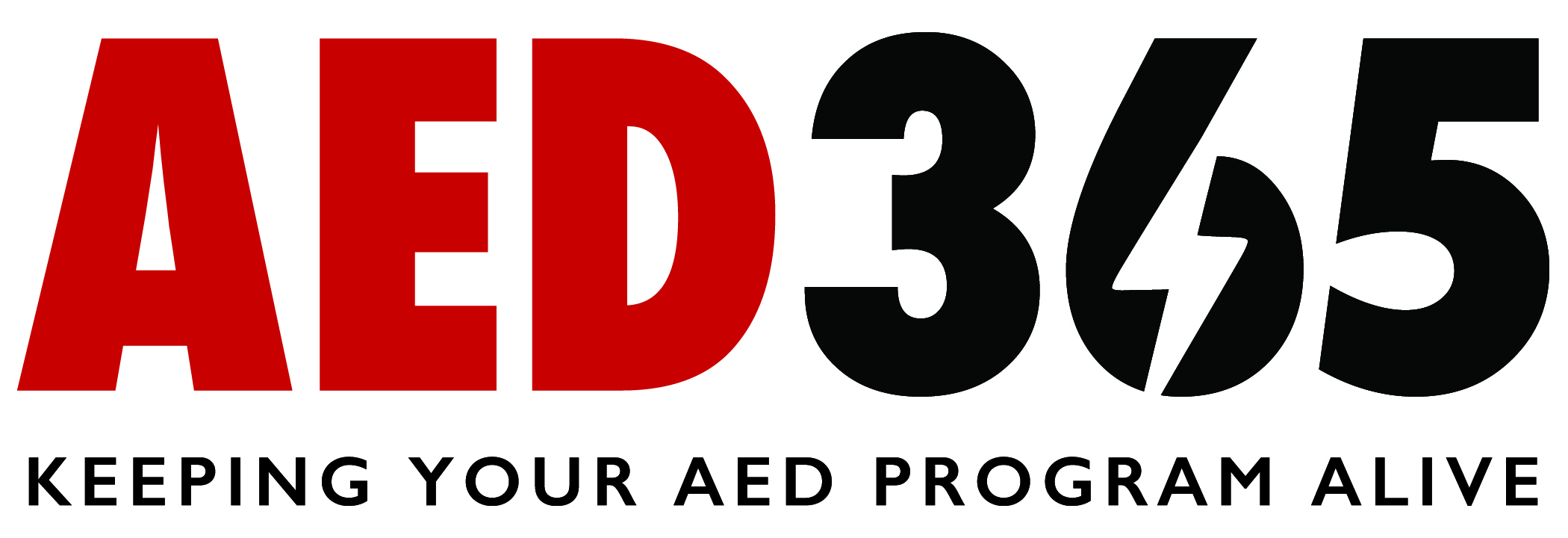Author: Marcy Burnham
In a cardiac emergency, every second is crucial in providing a positive outcome for the victim. Feeling confident in using an AED and performing CPR are essential. Though you may have received excellent instruction during your AED/CPR class, there are still some variables to consider in real-life situations. In a classroom setting, the environment and situations are controlled. In the field, there may be some unique challenges you face. Below are some situations that can potentially arise when resuscitating someone in the field:
- Hairy chest- excessive hair may prevent the electrode pad from adhering correctly. An adequately stocked response kit containing a razor can be used to shave the hair.
- Pediatric patients- smaller victims require a reduced electrical shock, use pediatric pads when available. When using adult pads on a child, place one pad in the center of the victim’s chest, and the other in the center of the back.
- Transdermal medications (patches)- medication patches can burn a victim if a shock is provided over the patch. Don gloves to remove the patch and clean off any residue before applying pads.
- Implantable devices- pacemakers or defibrillators can block the shock or damage the device during an AED use. Avoid placing electrodes over these areas if you see a suspicious scar or a lump in the chest.
- Submerged or wet patients- it is critical to deliver a shock directly to the heart. Water may reduce the effectiveness of the shock. It is recommended to move the victim away from the water and place him on a dry surface, drying off the chest area before applying the pads.
AED’s are designed to be user- friendly, while offering voice prompts and instructions throughout the emergency. Providing confident, effective care in the midst of unique challenges could be the difference in life or death for the victim. Hopefully these tips will help you identify and feel better prepared to use an AED.
Office: (205) 417-4711
Email: [email protected]


